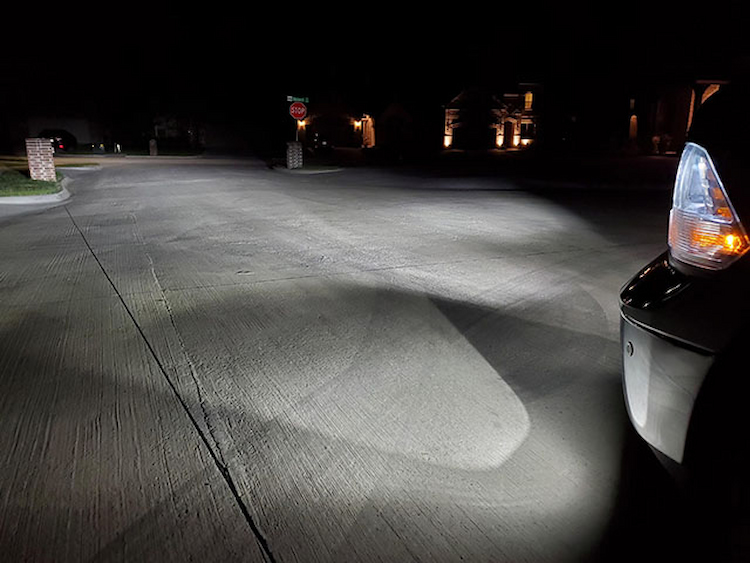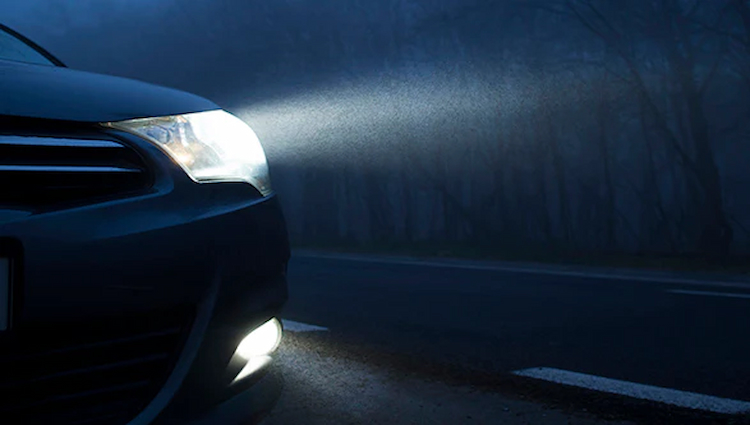
3 Important Factors to Consider When Choosing Driving Lights
Your vehicle’s factory headlights are adequate for use on the road at moderate speed, simply because you’ll often have the help of streetlights to illuminate your way. But if you venture off the beaten trail, you’ll be surrounded by complete darkness, and unfavourable weather will make it even more difficult to see even a few metres in front of you. This is why off-road enthusiasts and outback adventurers buy aftermarket driving lights online.
If you’re considering aftermarket driving lights, there are a few factors to consider. Unlike most countries around the world, aftermarket driving lights are legal in Australia, where transportation can be more rural. However, it’s important to turn them off should you come across another driver, as they’re often bright enough to temporarily blind them. Off-road enthusiasts need to think about aftermarket driving lights as a safety feature. Being able to see the terrain in front of you can be extremely important to your safety, as you’ll have enough time to properly react to what’s coming up.
In fact, shopping for aftermarket driving lights online for improved safety only comes second to buying aftermarket off-road tyres. They’re generally one of the first modifications seasoned off-roaders go for, so it only makes sense that you’d go to extra lengths to make sure you fit the right lights on your vehicle. Which lights are the right ones? Well, this will depend on personal preference and driving habits, but there are a few factors to pay mind to.
LEDs vs HIDs

LED lights are the trendiest lighting tech available right now. And while LEDs can do many things HIDs cannot, you shouldn’t simply disregard the HID light options. The main benefits of LEDs are that they’re very small in size and draw lower power, allowing manufacturers to design them in countless different shapes and sizes. They’re also quite stylish and reasonably priced.
LEDs, or light-emitting diodes are small semiconductors that emit light when current passes through them. Due to their fully electric nature, they’re able to reach their full potential in just a moment. On the other hand, HID bulbs feature pressurised xenon gas that’s “excited” by current passing between two electrodes. It takes a few seconds for the gas to heat up, which is why power HIDs take a few seconds to reach their full potential.
Furthermore, the lifespan of LED lights is generally about 50.000 working hours. On the other hand, the lifespan of HIDs is just below 10.000 hours. That being said, LED lights can even outlast the vehicle they’re mounted on. HIDs, however, will last for about 120.000km of use. On the downside, once LEDs fail, you’ll have to replace the entire assembly, whereas if HID bulbs fail, you just replace the bulb.
Colour Temperature

The colour of lights is expressed as temperature, and it can be either cool or warm. Warm lights are red to yellow, and they penetrate fog, dust and precipitation without causing too much reflection. This is a result of their long wavelengths. However, warm lights can impair your ability to discern colour. Cool lights, on the other hand, are blue to violet, and they appear very blight. However, they produce reflections and glare and can cause eyestrain.
For that reason, you want a light that’s as close to natural daylight as possible. This light is the easiest on the eyes, provides good contrast, ample illumination and proper colour rendering. Both LED and HID lights typically lean towards the cool side of the colour spectrum, as most manufacturers don’t make the effort to dial in accurate colour rendering. The colour temperature of daylight is somewhere in the range of 5.000 to 6.500 Kelvin.
Types of Driving Lights
You don’t want your lights to illuminate in a straight-line distance in front of you. Depending on the weather conditions and the type of terrain you’re driving through, you might want to light up the area closest to your vehicle, farther up or to the sides.
Seeing into the distance can help you with reacting, in which case you’ll want spotlights. This can reduce anxiety when driving through the night. However, spotlights can be overwhelming when driving at low speeds in technical terrain, for example, as they can reflect light back. For these situations, you’ll be better off with floodlights.
Floodlights illuminate the immediate area. This can help you see potential hazards that are just to the side of the trail, and give you more confidence when taking corners and turns. You don’t want your floodlights to be very bright, as they’re designed for distances close to your eyes.
And in some rare cases, you might want work lights, which are designed to provide vision inside your vehicle’s bed or to the rear. They don’t help with driving, but allow you to work on your vehicle. Moreover, they can help you set up camp easily, making them ideal for illuminating campsites.


